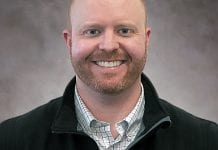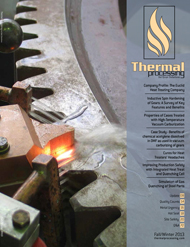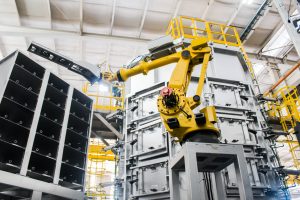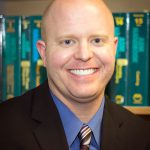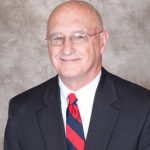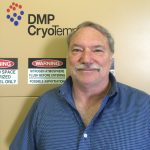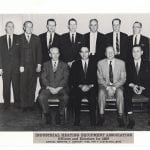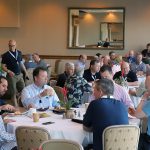We live and work around fire all day. It’s pretty much taken for granted. We cook with it, and use it to heat our homes and the water we bathe with. It’s inside the engine of your car to ignite the gasoline for internal combustion. We use it to heat up the furnaces in a heat treating shop. It’s a major tool used to make a part harder to withstand the rigors of stress caused by the mesh of transmission gears, jet engine components, airplane landing gear, or making a simple master lock harder. Simply put: It transforms metals to meet customers’ requirement. We also use it to stress relieve and soften materials. Along with heating the material, in some processes quench oil is used to rapidly cool the parts. You have a controlled open fire. Hopefully it stays safely contained, but sometimes it gets away from the containment, and then you have a major problem!
Do you have a fire safety crew?
Each shift should have at least two people trained in the use of your fire fighting tools. Most facilities have either a wall-mounted fire hose or large push-cart type fire extinguishers (or the smaller wall-mounted ones). Your crew should be trained on its use and well aware of the location of your equipment.
Do you know how to operate the equipment?
Remember the word PASS:
- Pull the pin. Hold the extinguisher with the nozzle pointing away from you, and release the locking mechanism.
- Aim low. Point the extinguisher at the base of the fire.
- Squeeze the lever slowly and evenly.
- Sweep the nozzle from side-to-side.
Is your equipment up to date and in good working order?
You would hate to have a visit from your local fire department “as they do every year” and the tags on your equipment be expired.
There are different types of extinguishers:
- Dry powder
- CO2
- Foam
- Water
There are also different classifications:
- Class A extinguishers are used on fires involving ordinary combustibles, such as wood, cloth, and paper.
- Class B extinguishers are used on fires involving liquids, greases, and gases.
- Class C extinguishers are used on fires involving energized electrical equipment.
- Class D extinguishers are used on fires involving metals such as magnesium, titanium, zirconium, sodium, and potassium.
Most shops should have extinguishers rated for A/B/C. We had a large quench oil fire and the fire department knew that water was not advisable—I had invited the fire department to come and do mock training at my facility. One of the first places I worked used molten cyanide and neutral salts. Never put water on those. We made sure the fire department knew, and we had large signs outside the doors. You should also have chemical placards outside listing the fire hazards of what is in your shop. Having your MSDS book close to the door or with you at the designated area ready for the fire department can help, too.
Is there a designated area to meet in case of fire?
With my shops we had a designated area where everyone met for any disaster—earthquake, flood, or fire. It can be difficult to keep track of personnel without knowing who was fighting the fire—someone else might be fire fighting not listed on the “fire crew.”
Who calls 911?
This sounds like a silly question, but I have heard of everyone meeting at the designated area and thinking, “The other person called.” With cell phones it makes it a lot easier. Just remember the landline has your address listed on the 911 operators computer screen. Your cell phone does not. Also make sure the person who calls knows your address. You will be asked by the 911 operator to verify the location.
Are your fire extinguishers readily available and fully charged?
I had a local fire extinguisher service that came once a year. All our extinguishers were discharged, cleaned, visually inspected, and recharged with a new tag with the date of service. This tag also had room to record the date for the monthly inspection your safety committee did. Depending on your state, normally fire extinguishers are hydro tested every 5–10 years.











